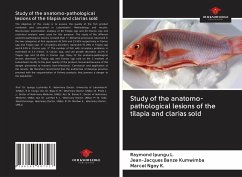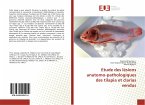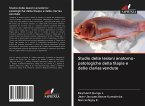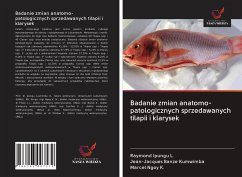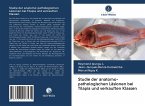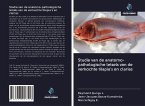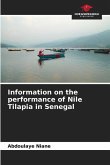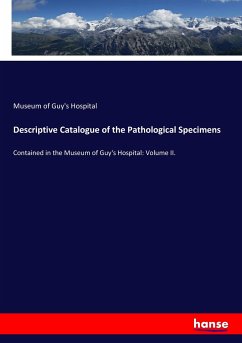The objective of this study is to assess the quality of the fish product marketed and consumed in Lubumbashi. Methodology and results: Macroscopic examination, autopsy of 60 Tilapia spp and 40 Clarias spp and statistical analysis were used for this purpose. The study of the different anatomo-pathological lesions showed that: 1° Alterative processes observed in the two categories of fish represent 42.26% and 23.95% respectively in Clarias spp and Tilapia spp. 2° Circulatory disorders represent 57.29% in Tilapia spp and 8.24% in Clarias spp. 3° The number of fish with circulatory problems is estimated at 2.5 million. in Clarias spp, and cell growth disorders 12.5% in Tilapia spp and 10.30% in Clarias spp. Many of the anatomo-pathological lesions observed in Tilapia spp and Clarias spp sold on the 3 markets of Lubumbashi testify to the poor quality of the product consumed because of the danger presented to humans (toxi-infections). Conclusion and application of the results: We therefore recommend that the authorities of Katanga province proceed with the sequestration of fishery products that present a danger to the population.
Hinweis: Dieser Artikel kann nur an eine deutsche Lieferadresse ausgeliefert werden.
Hinweis: Dieser Artikel kann nur an eine deutsche Lieferadresse ausgeliefert werden.

